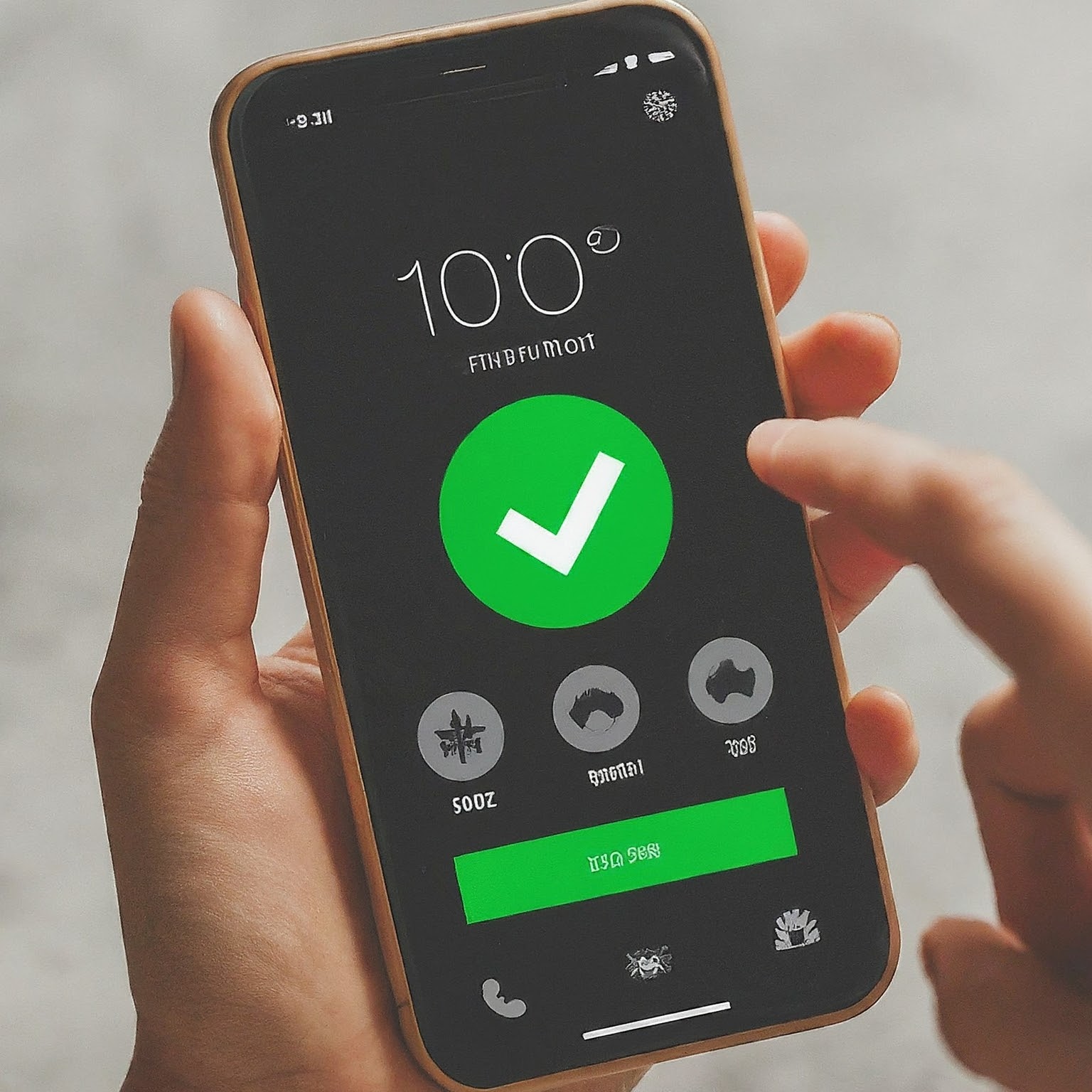In today’s interconnected world, the ability to call international numbers seamlessly has become an essential aspect of both personal and professional life. Whether you’re staying in touch with loved ones across continents, conducting business deals with international partners, or simply exploring different cultures, the convenience of making international calls is undeniable. This comprehensive guide will delve into the intricacies of calling international numbers, providing you with valuable insights, tips, and strategies to optimize your international calling experience.
Understanding the Basics of International Calling
What is an International Number?
An international number is a unique identifier assigned to a telephone line in a specific country. It consists of a country code, followed by a national (or domestic) subscriber number. The country code indicates the geographic location of the phone, while the national subscriber number identifies the specific line within that country.
How to Format an International Number
To correctly format an international number, you typically need to include the following components:
- Plus sign (+): This symbol indicates an international call.
- Country code: A two or three-digit number representing the country you’re calling.
- Area code: A number specifying the geographic region within the country.
- Phone number: The actual number of the person or business you’re contacting.
For example, to call a number in the United States, you would typically dial +1 (country code for the US), followed by the area code and the phone number.
Methods of Calling International Numbers
Traditional Landline Calls
While the rise of mobile technology has transformed communication, traditional landline calls remain a reliable option for calling international numbers. To make an international call from a landline, you usually need to dial an exit code (often 00 or 011), followed by the country code, area code, and phone number.
Mobile Phone Calls
Most modern smartphones make it incredibly easy to call international numbers. Simply enter the plus sign (+) followed by the country code, area code, and phone number. It’s essential to check with your mobile carrier for international calling rates and any applicable roaming charges.
Voice Over Internet Protocol (VoIP)
VoIP services have revolutionized international calling by offering affordable and high-quality calls over the internet. With VoIP, you can often call international numbers at significantly lower rates than traditional phone services. Popular VoIP providers include Skype, WhatsApp, Viber, and many others.
International Calling Cards
International calling cards provide a prepaid option for calling international numbers. You purchase a card with a specific amount of calling credit and then dial an access number followed by the international number you want to reach.
Choosing the Right Method for You
The best method for calling international numbers depends on several factors, including:
- Call frequency: If you make frequent international calls, a VoIP service or international calling plan might be more cost-effective.
- Call duration: For short calls, using your mobile phone or a calling card might suffice.
- Call quality: VoIP services generally offer excellent call quality, but traditional landlines can also be reliable.
- Budget: Consider the cost of different methods and choose the one that fits your budget.
Tips for Saving Money on International Calls
- Research calling rates: Compare rates from different providers to find the most affordable option.
- Take advantage of off-peak hours: International calls are often cheaper during off-peak times.
- Use VoIP services: VoIP typically offers lower rates than traditional phone services.
- Consider calling cards: Calling cards can be a cost-effective option for occasional international calls.
- Avoid roaming charges: If you’re traveling abroad, disable data roaming to prevent unexpected charges.
Overcoming Challenges in International Calling
- Time zone differences: Be mindful of time zone differences to avoid calling at inconvenient times.
- Language barriers: Consider using translation services or hiring an interpreter if language is a challenge.
- Call quality issues: If you experience poor call quality, try using a different method or contacting your service provider.
- International dialing errors: Double-check the number and dialing format to avoid mistakes.
The Future of International Calling
Technology continues to shape the landscape of international communication. Emerging trends such as:
- Advancements in VoIP: Expect further improvements in call quality, features, and affordability.
- Integration with messaging apps: Seamlessly transition between voice calls and text messages.
- Video calling: Enhanced video calling experiences for face-to-face interactions.
- AI-powered features: Intelligent assistants to optimize call management and language translation.
Conclusion
Calling international numbers has become increasingly accessible and affordable. By understanding the different methods, factors to consider, and cost-saving tips, you can effectively connect with people around the world. Embrace the convenience and benefits of international communication to expand your horizons and strengthen global relationships.

لا تعليق